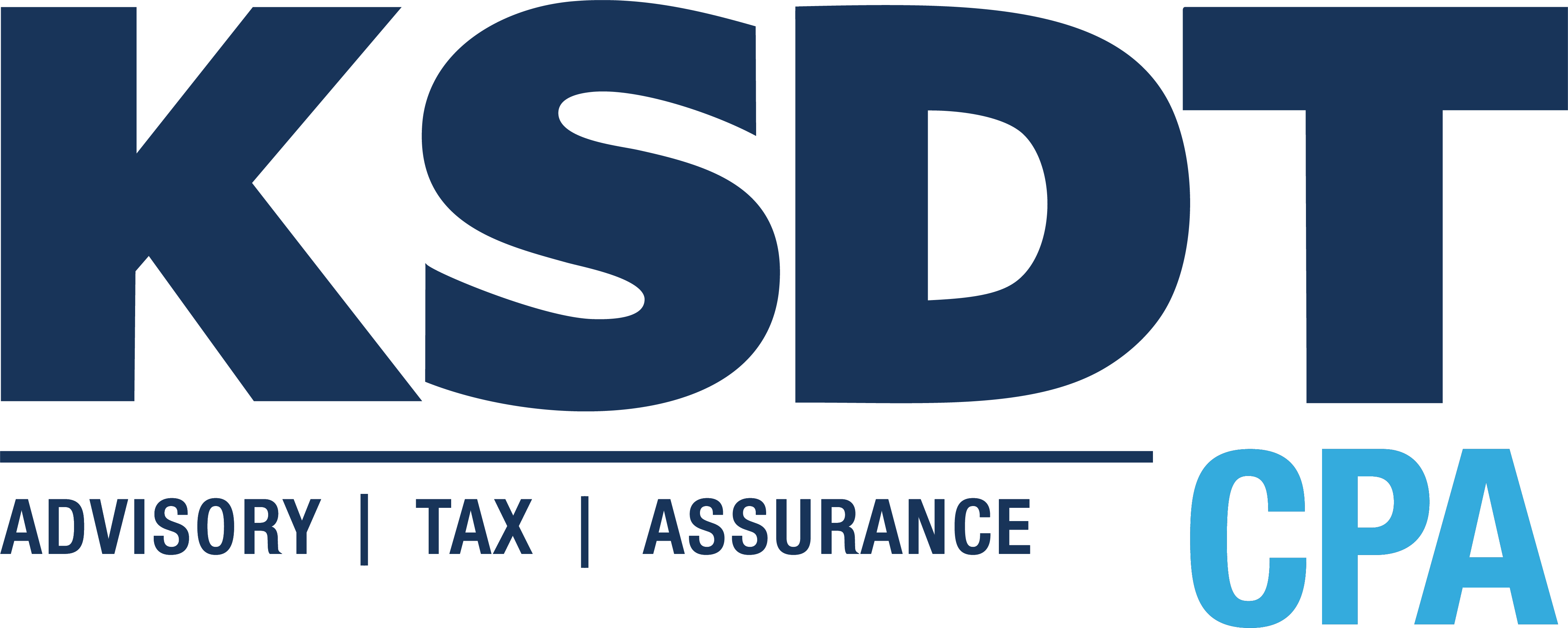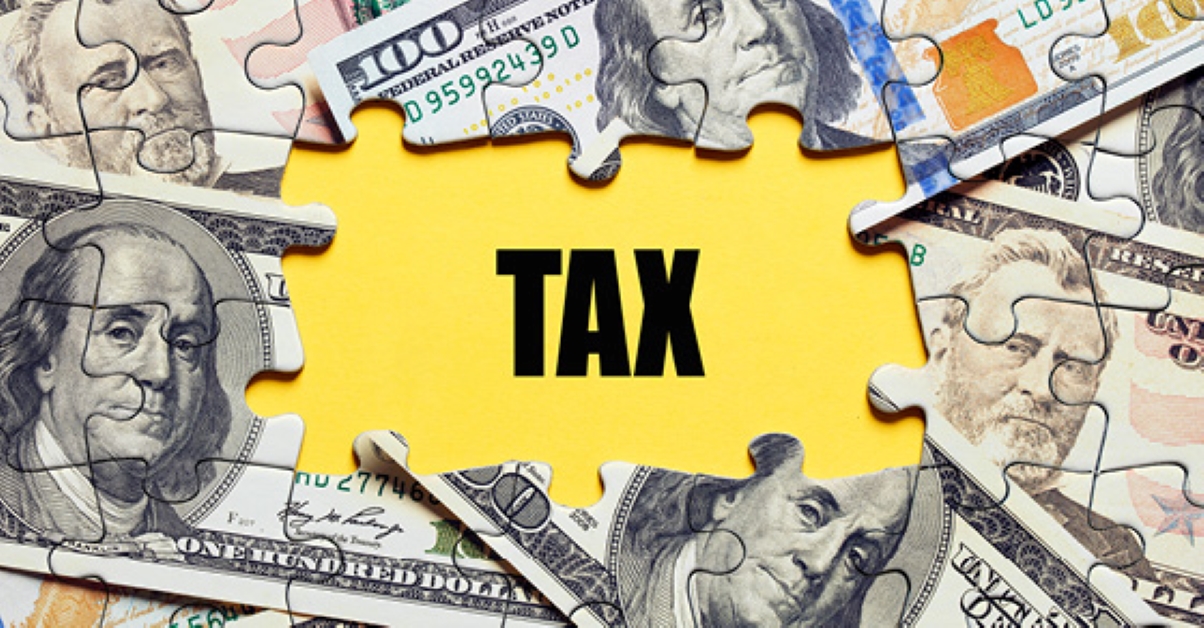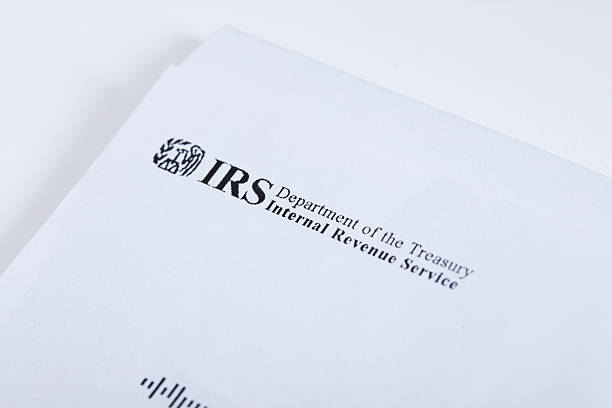Starting with the 2021 tax year, IRS forms K-2 and K-3 are new schedules that may need to be included with 1065 (Partnerships), 1120S (S Corporations), or 8865 (Certain Foreign Partnerships) filings. These are all pass-through entity filings that include Schedule K-1, which reports a partner’s or shareholder’s share of the entity’s profits, losses, deductions, and credits for the year, and the K-2/K-3 schedules are an extension of that.
Specifically, these forms go into greater detail regarding items of international relevance that may impact foreign reporting at the individual member or shareholder level. These schedules were created to accommodate international provisions enacted as part of the Tax Cuts and Jobs Act in 2017, which increased the amount and type of information needed to calculate items of foreign tax relevance (for example, calculating the foreign tax credit).
Who Must File?
The general guidance from the IRS states that a pass-through entity “with items of international tax relevance” would be subject to these new reporting requirements. However, there has been a great deal of confusion about what this means. The basic interpretation might be that if a pass-through entity has no international activities and no foreign members or shareholders, the K-2/K-3 filing requirement won’t apply – however, that is not necessarily the case.
IRS updated its instructions to state that an entity “with no foreign source income, no assets generating foreign source income, and no foreign taxes paid or accrued may still need to report information on Schedules K-2 and K-3.” The most common example of this would be for partners/shareholders who claim a foreign tax credit on their individual returns – they may need information from the K-2 and K-3 filings to complete the associated form and calculate the credit.
Your tax professional will ask you and all of your partners and shareholders about your foreign activity, so please be patient with the extra questions this year. (It’s not us; it’s the IRS!) Also, any one partner could ask for Schedules K2 and K3, and this would mean that they need to be completed regardless of whether any partner/shareholder had foreign activity. Simply by the partner’s asking, it triggers the requirement.
The big takeaway here is that items of international tax relevance and the K2/K3 requirement should be determined at the partner/shareholder level, not just the entity level.
Exceptions/Relief
IRS released initial information regarding transitional relief, knowing that there would be an adjustment period for entities to achieve compliance. Per Notice 2021-39, certain transitional penalty relief could be granted to those filers who made a good faith effort to comply with the new reporting requirements.
However, after significant pushback, the IRS announced that it would provide additional relief for 2021. S corps and partnerships that have no foreign activities, no foreign partners or shareholders, and no knowledge of partners’ or shareholders’ need for information on international items of relevance will not be subject to the K-2/K-3 filing requirements for tax year 2021. There is no indication at this point that the relief will extend beyond the 2021 tax year, so these entities should be prepared to complete the filings for 2022 and beyond.
Filing Issues
Because Schedules K-2 and K-3 are new for 2021, it has taken/will take some time for tax software programs to have electronic filing capability for these forms. If a tax return was or will be electronically filed prior to the availability dates listed below, the schedules much be submitted as separate PDF files attached to the return (most tax programs should be able to accommodate electronic attachment of miscellaneous PDF forms).
Per IRS, here are the availability dates for electronic filing of the K-2/K-3 forms:
- With Form 1065: March 20, 2022
- With Form 1120-S: mid-June 2022
- With Form 8865: January 2023
Although IRS expects that all of these will be available for e-filing for the upcoming (2022) tax year, the ability to file via PDF attachment will still be available, if preferred.
Frequently Asked Questions/Questions or Feedback for IRS
IRS has created a K-2 and K-3 Frequently Asked Questions (FAQ) page, which it has been keeping updated as new information comes to light. Be sure to monitor this page for any new updates: Schedules K-2 and K-3 Frequently Asked Questions (Forms 1065, 1120S, and 8865) | Internal Revenue Service (irs.gov) IRS has also provided an email address for questions/comments that come up, and is welcoming feedback from taxpayers about this new compliance requirement: lbi.passthrough.international.form.changes@irs.gov.





